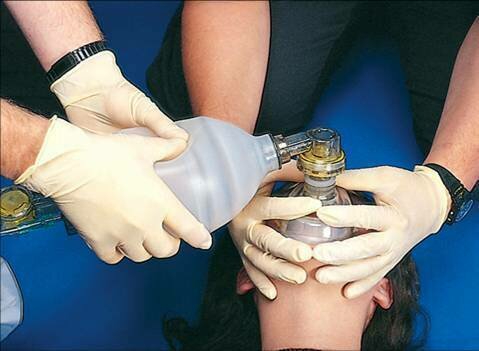Basic Life Support Ventilation in Mountain Rescue

Abstract
Aims and methods: Cardiopulmonary resuscitation in the mountains usually has to be performed under difficult and hostile circumstances and, sometimes for extended periods of time. Therefore, mountain rescuers should have the ability and the appropriate equipment to perform prolonged, efficient, and safe ventilation. Members of the International Commission for Mountain Emergency Medicine (ICAR MEDCOM) discussed the results of a literature review, focusing on the advantages and disadvantages of common ventilation techniques in Basic Life Support and their training methods with specific respect to use in mountain rescue, and recommendations were proposed. Results and recommendations: Bystanders fear the potential risk of infection and lack the willingness to perform mouth-to-mouth ventilation, though the risk of infection is low. Mouth-to-mouth ventilation remains the standard technique for bystander ventilation and, in the absence of a barrier device bystanders should not hesitate to ventilate a patient by this technique. For mountain rescue teams we encourage the use of a barrier device for artificial ventilation. Mouth-to-mask ventilation devices are most likely to fulfil the requirements of being safe, simple and efficient in the hands of a basic- trained rescuer. The use of a mouth-to-mask ventilation device is recommended for out-of- hospital ventilation in the mountains and should be part of the mountain rescuer’s standard equipment. Bag-valve-mask ventilation is efficient, if performed by well-trained rescuers, but it leads to a low ventilation quality in the hands of a less experienced rescuer. It should be emphasized that regular training every six to twelve months is necessary to perform proper ventilation.
Key words
Basic Life Support, Mountain rescue, Resuscitation, Training, Ventilation.
-----------------------------
Please look at the attached file for the complete recommendation!